Calypso chronicles TT's economic history
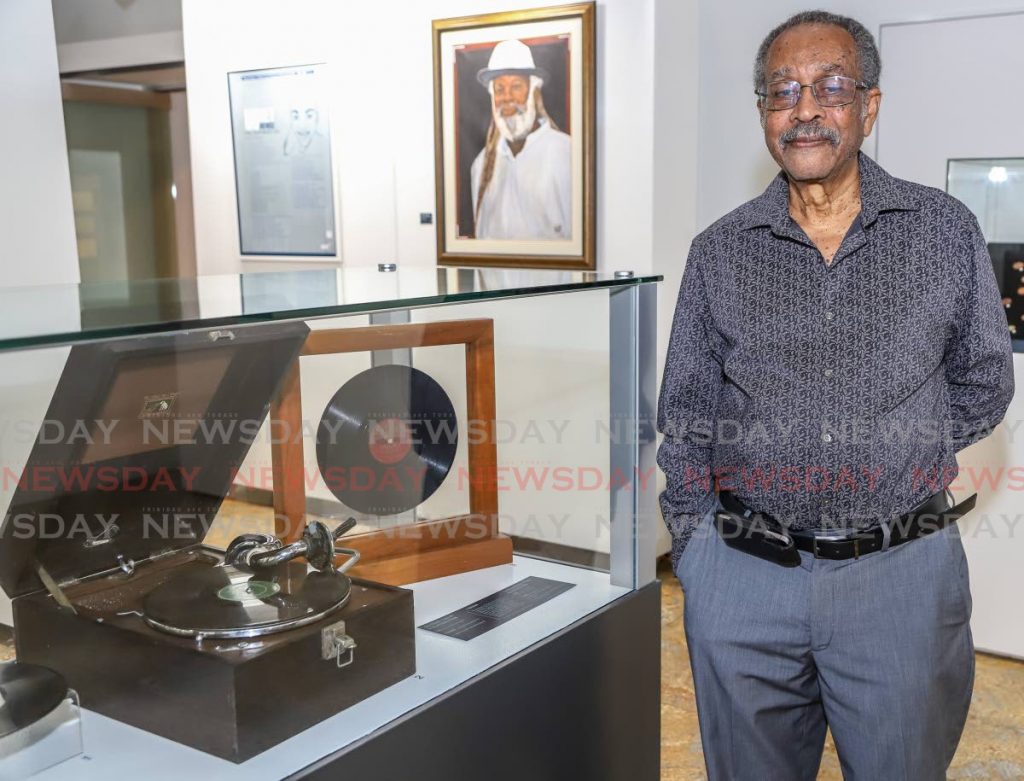
Long before the Prime Minister announced “belt tightening” in his December 2015 address to the nation, Tobago Crusoe, nearly 40 years before, sang in 1976 about the impact being hardest on the small man. And as the country debates the foreign exchange crunch, Chalkdust sang about devaluation in 1968, while the Mighty Duke, also in 1976, considered floating the dollar — 17 years before the Central Bank switched from a fixed to fixed-floating exchange rate.
Calypsonians are the Caribbean’s bards, oral historians and documentarians, their songs capturing moments in time for a snapshot of life in their era. But more than that, their sharp analysis of the society often proves to be prescient.
It’s this connection to the people that the Central Bank and the Trinbago Unified Calypsonians’ Association (TUCO) want to highlight with their joint exhibition Money and Music: A History of our Economy, As Told Through Calypso.
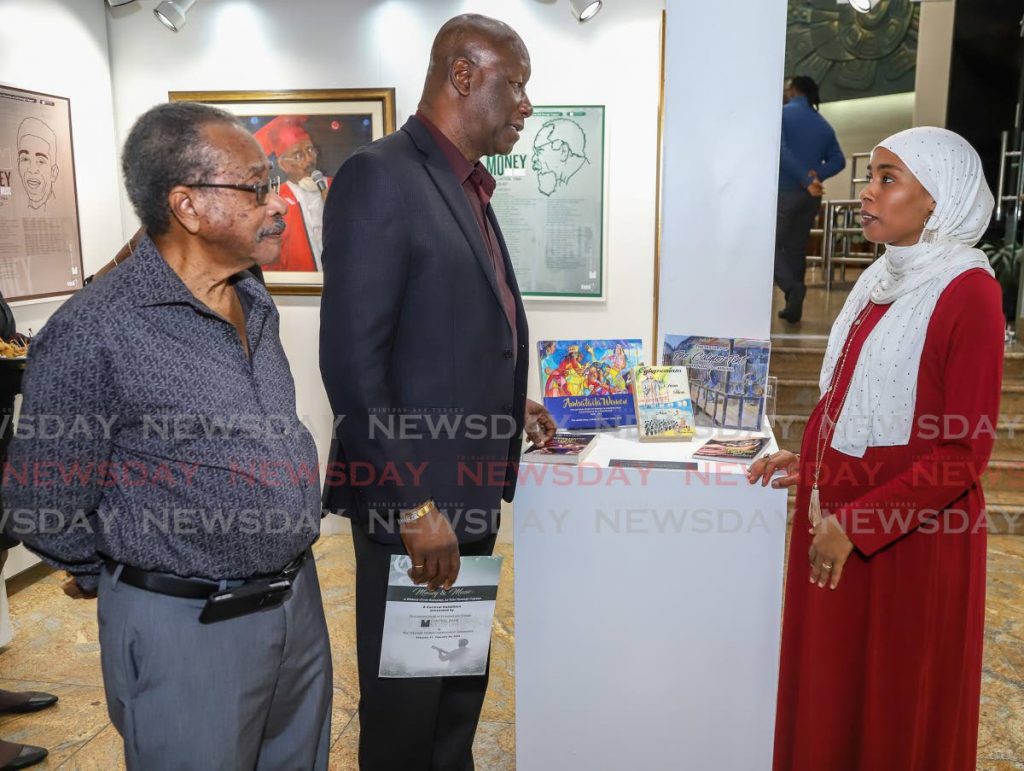
“Calypso has played a major role in documenting the life, times and politics (of TT)... If we in the Caribbean really get into using calypso in an academic format, an academic way, a lot of our social ills will be lessened,” said Dr Rudolph Ottley, an assistant professor at the Academy of Arts, Letters and Public Affairs at the UTT. He was also among the researchers who helped put the exhibit together.
“The calypsonian doesn’t only document what is happening today but puts it in a long-term perspective to show where we might progress or where we can decline.”
The exhibit opened on Monday at the Central Bank Money Museum on Independence Square, Port of Spain, and will run through the end of February.
“This is just a snippet of Carnival and the link to money and the economy. You may discover this evening that you didn’t know there were so many calypsos about money and economy,” said Nicole Crooks, Central Bank's senior manager for human resources, external and industrial relations.
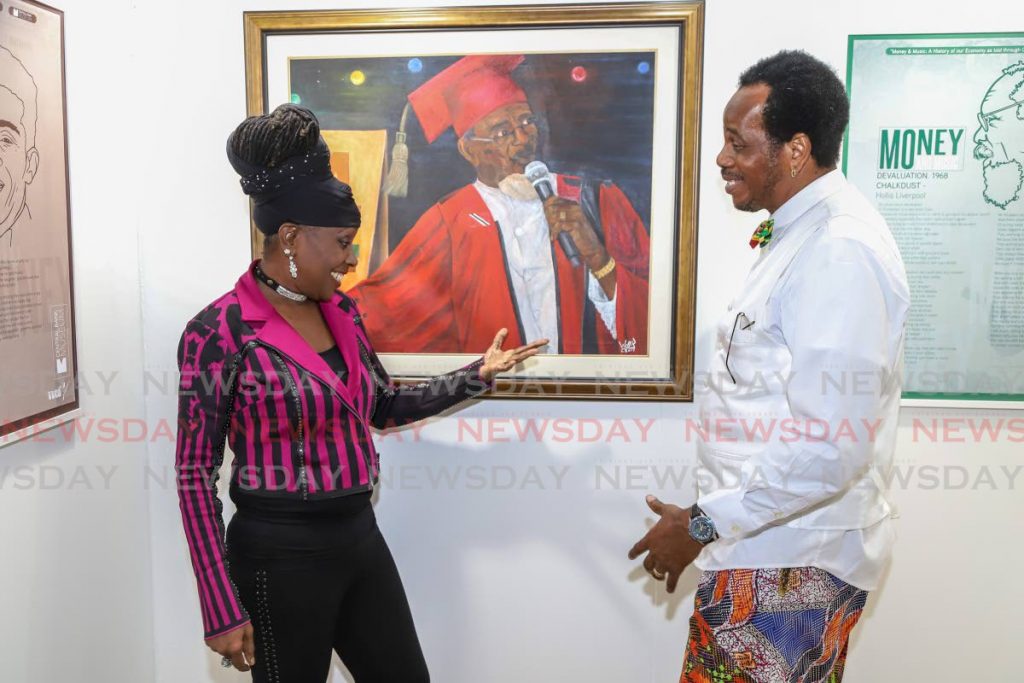
Central Bank deputy governor Sandra Sookram added that since the calypsonian comments on every aspect of life, it’s no surprise that there are many examples of calypsoes that comment on the economy.
“This exhibit puts on record some of the way our music and stories reflect what is going on in the economy and by extension our society and culture.”
So just how many calypsoes are there about the economy?
“Calypso like rain!” said TUCO’s president Lutalo Masimba. “I mean, I want to thank Zeno Obi Constance because the moment I said to him we were going to do this he sent me 106 calypsoes already transcribed. And besides that 106 there were some he didn’t send because they had a political slant and some of them about money were more into a social vibe and not really within the context of calypso and the economy.”
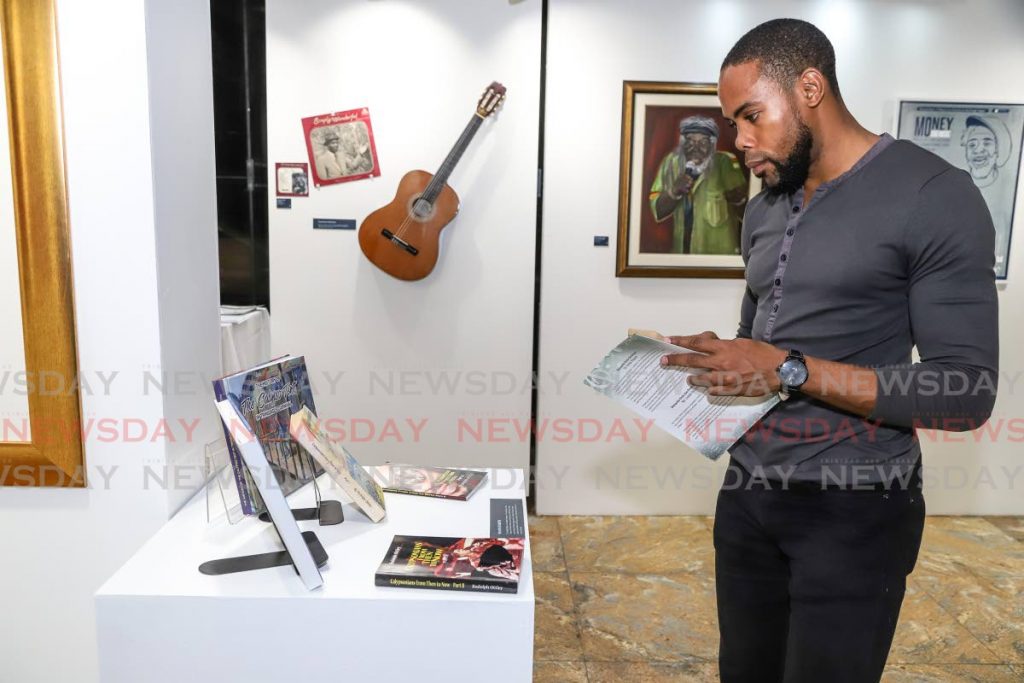
Masimba added his hope that this museum could be a stepping stone to a world museum of calypso history. “We are trying to say to TT and the world when you think calypso, when you think TUCO don’t only think about Carnival or competition and the monarch and prize money. You have to think about an artform that has faithfully documented your lifestyle, your journey on this earth, the experience from plantation slavery to republicanism, an artform that continues to do these things and lay a platform for a new education process and to redesign our way forward as a nation.”
Central Bank Museum curator Nimah Muwakil said the exhibit took about six months of planning, including research and a long time to find objects and artifacts, which she noted was a bit disheartening but at the same time, the thrill of the hunt was something she enjoyed.
“A lot of things happened by chance. Everything is not in one place. If we had the museum TUCO is dreaming about it would be easier. Right now, a lot of things are in people’s private collection so it was about TUCO to tell me that maybe this person has this, or this person might have that and put it all together.”

Among the treasures in the exhibition are paintings by local artist and TUCO trustee William Bannister, whose work includes portraits of Lord Kitchener, the Mighty Sparrow, Black Stalin, the Mighty Shadow and Chalkdust.
There’s also a very rare copy of the first calypso recorded in Trinidad, on loan from the personal collection of author, music enthusiast and local museum researcher Harold Moylan. “I bought a collection of records over 50 years ago from a man in Maraval. I can’t even remember how much it cost but it was quite a few – about two dozen of these old records and of course at the time I didn’t know the value of them but I was interested in music, and particularly local music.”
The record, by popular calypsonian of the time Julian Whiterose, who also went by the stage names J Resigna and the Iron Duke in the Land, is considered the first commercial vocal recording in Trinidad, made in 1914.
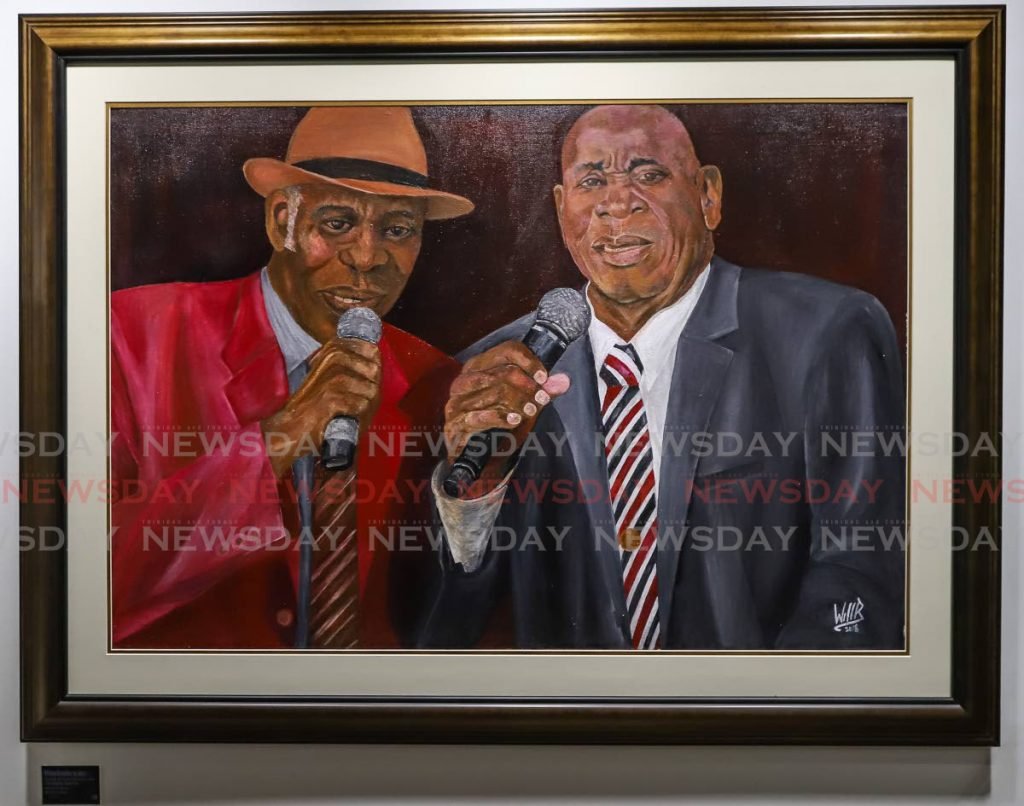
The record label reads only “Single Tone Calipso” with vocals by J Resigna (Julian Whiterose). It was recorded by Victor engineers in Trinidad in September 1914 with Lionel Belasco on piano as the “principal artist” among the musicians. The flip side of this 78 RPM disc is an instrumental recording by Lionel Belasco’s Band (67362A) entitled “Panama Paseo No.1.”
“During a visit to my home in 2007, Dr Cowley discovered this disc among my 78 RPM records and told me that he is aware of only two other copies of this historic recording that are known to exist. These two other copies are in the possession of calypso researchers outside of Trinidad and Tobago.”
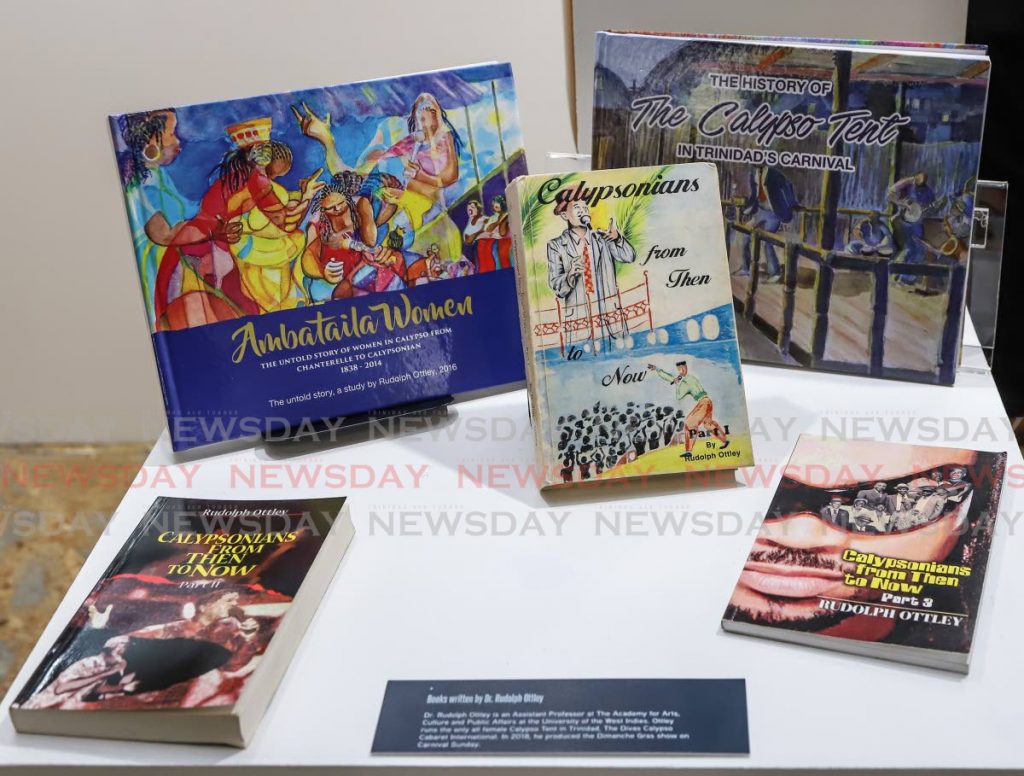
Moylan said he was now in talks to have the recordings valued, which he chuckled, “I should have done a long time ago.” But to the culture of TT, such an artifact is priceless. “Well, you said it!” he laughed.


Comments
"Calypso chronicles TT’s economic history"